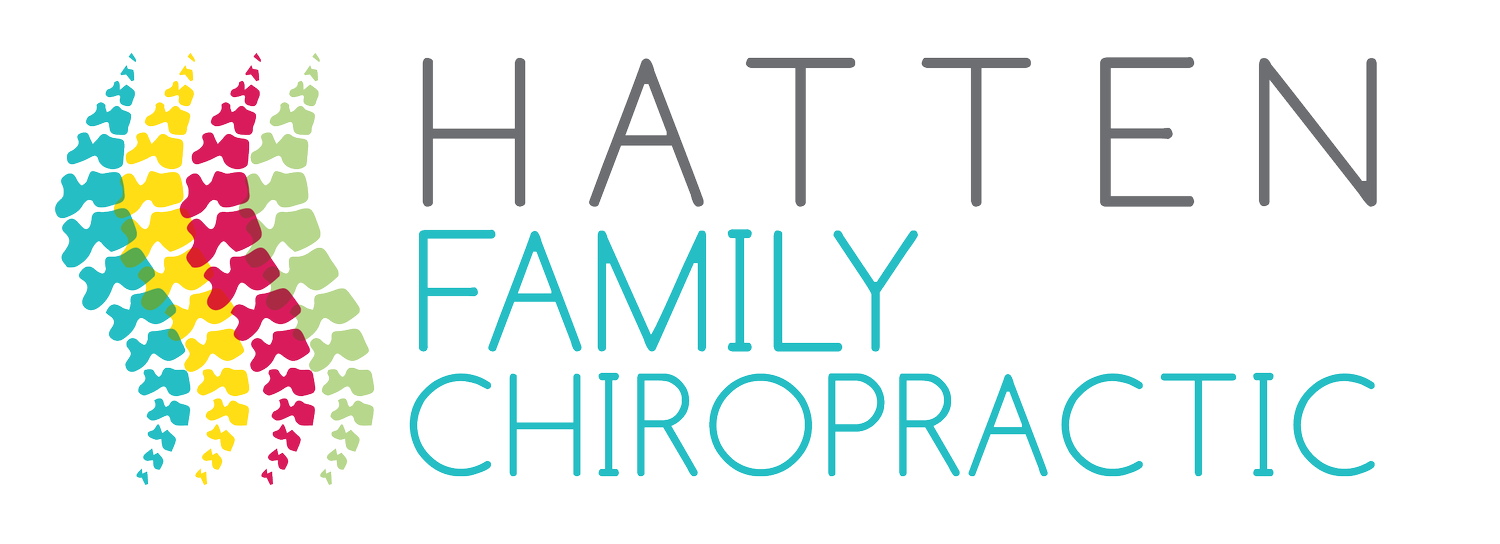Neck Pain
Conditions/Neck Pain
Neck pain can be caused by various factors. These factors can be divided into a couple of categories, including injuries, disease processes and lifestyle problems. The most common causes include the following:
1. Muscle strain: Overuse, poor posture, or sudden movements can strain the muscles and ligaments in the neck, leading to pain and stiffness.
2. Poor posture: Prolonged periods of sitting or standing with improper posture can strain the neck muscles and cause discomfort.
3. Whiplash or trauma: Injuries from a car accident, a fall, or sports-related injuries can result in neck pain due to the sudden impact and strain on the neck muscles and ligaments.
4. Degenerative conditions: Conditions like osteoarthritis, cervical spondylosis, or degenerative disc disease can lead to wear and tear of the cervical spine, causing pain and reduced mobility.
5. Herniated or bulging discs: When the discs between the vertebrae in the neck become compressed or bulge out of place, they can press on nearby nerves, resulting in neck pain and possibly radiating pain into the arms.
6. Poor sleeping positions: Sleeping in an awkward position or using an unsupportive pillow can strain the neck muscles and lead to pain upon waking up.
7. Stress and tension: Emotional stress or anxiety can cause muscle tension in the neck and shoulders, leading to pain and stiffness.
8. Diseases or conditions: Certain medical conditions like fibromyalgia, meningitis, rheumatoid arthritis, or tumors can also cause neck pain, although these cases are less common.
Here at Hatten Family Chiropractic, Dr. William can address neck pain by using the following interventions and techniques:
1. Spinal Adjustments: Dr. William uses multiple techniques to provide a safe and specific neck adjustment to improve spinal alignment and mobility. Adjustments of the cervical spine can help reduce pain, stiffness, and improve range of motion. For patients wary of manual adjustments, Dr. William uses special techniques that do not require a hands-on thrust and do not produce cavitations, or pops, like other hands-on adjustments.
2. Soft Tissue Therapy: Soft tissue therapies such as massage, stretching exercises, and other techniques to reduce muscle tension and improve flexibility in the neck region.
3. Posture Correction: We can provide guidance on proper posture and ergonomic adjustments to help prevent further strain on the neck muscles and spine, which can contribute to neck pain.
4. Education and Lifestyle Advice: We may offer advice on lifestyle modifications, including exercises, ergonomic adjustments at work or home, and techniques to manage stress, which can contribute to neck pain.
5. Complementary Therapies: Dr. William will likely incorporate complementary therapies like heat or ice therapy, electrical stimulation, or rehabilitative exercises to complement spinal adjustments and alleviate neck pain.
Whiplash and Neck Pain
One of our specialties at Hatten Family Chiropractic is caring for patients who have been injured in car accidents. Because most people commute in Atlanta by driving their cars, sadly car accidents are common in the city. Car accidents can often cause whiplash injuries due to and forceful back-and-forth movement of the neck. Here's how chiropractic care may help with whiplash injuries:
1. Restoring Alignment: Whiplash injuries can misalign the spine and cause subluxations (partial dislocations) in the neck vertebrae. Typically, whiplash patients will demonstrate a loss of the lordotic (C-shaped) curve in the neck, causing pain and discomfort. We will perform gentle and specific spinal adjustments to realign the spine, aiming to restore proper alignment and mobility.
2. Reducing Inflammation: Chiropractic adjustments and therapies can help reduce inflammation around the affected soft tissues in the neck. This can alleviate pain, stiffness, and swelling associated with whiplash injuries.
3. Alleviating Muscle Tension: Chiropractors employ soft tissue techniques, such as massage and stretching exercises, to relieve muscle tension and spasms in the neck and surrounding areas, promoting healing and reducing pain.
4. Improving Range of Motion: Whiplash injuries often restrict neck movement. Chiropractic care, including specific exercises and adjustments, aims to enhance flexibility and restore the normal range of motion in the neck.
5. Pain Management: Chiropractic treatment focuses on addressing the underlying causes of pain rather than merely masking symptoms. This approach may involve adjustments, therapeutic exercises, and other modalities to manage whiplash-related pain effectively.
Individualized Care: Chiropractors typically create personalized treatment plans tailored to the patient's specific injury, symptoms, and needs. They may combine various chiropractic techniques and therapies to optimize recovery from whiplash

